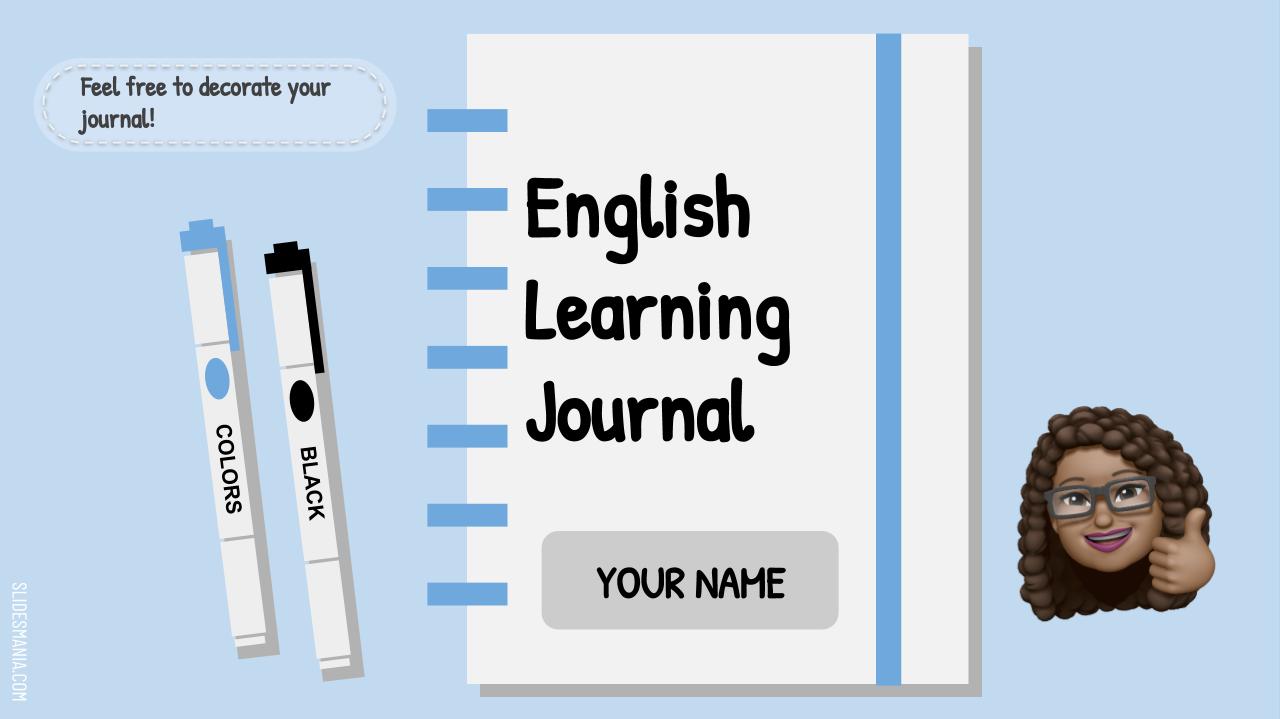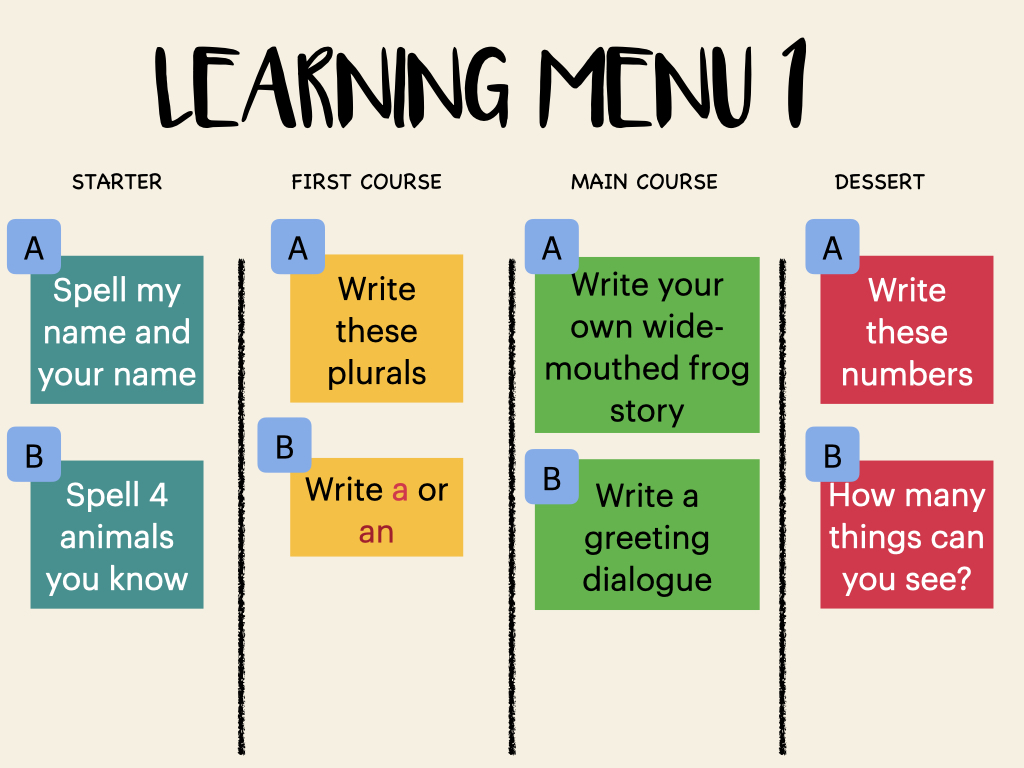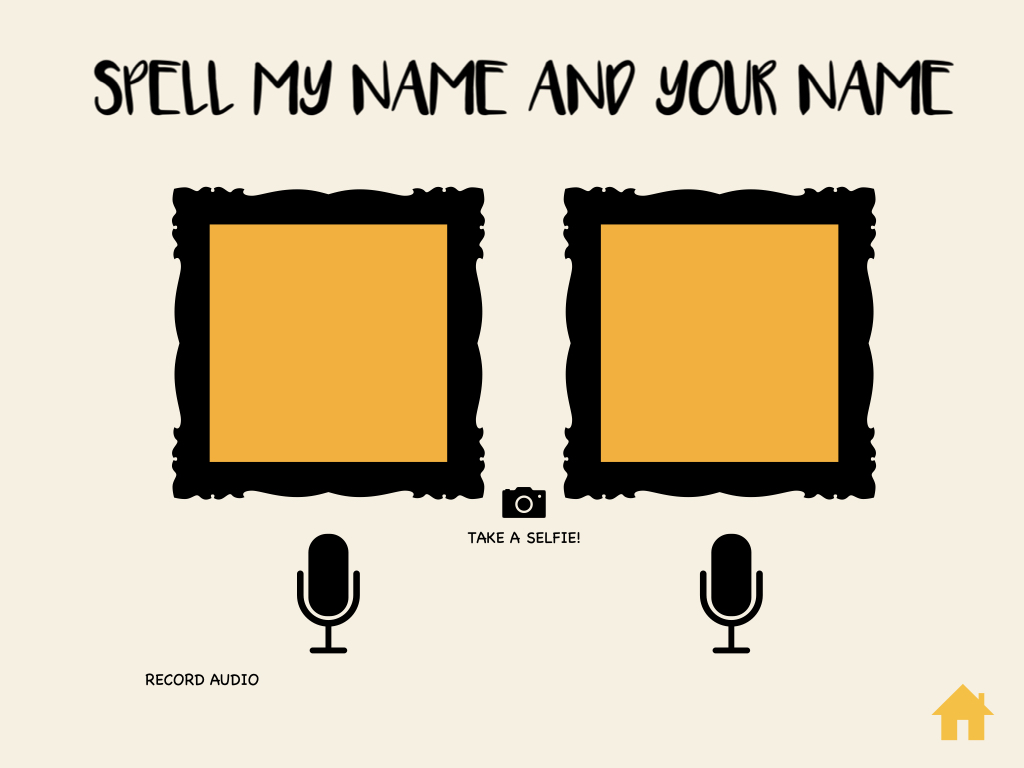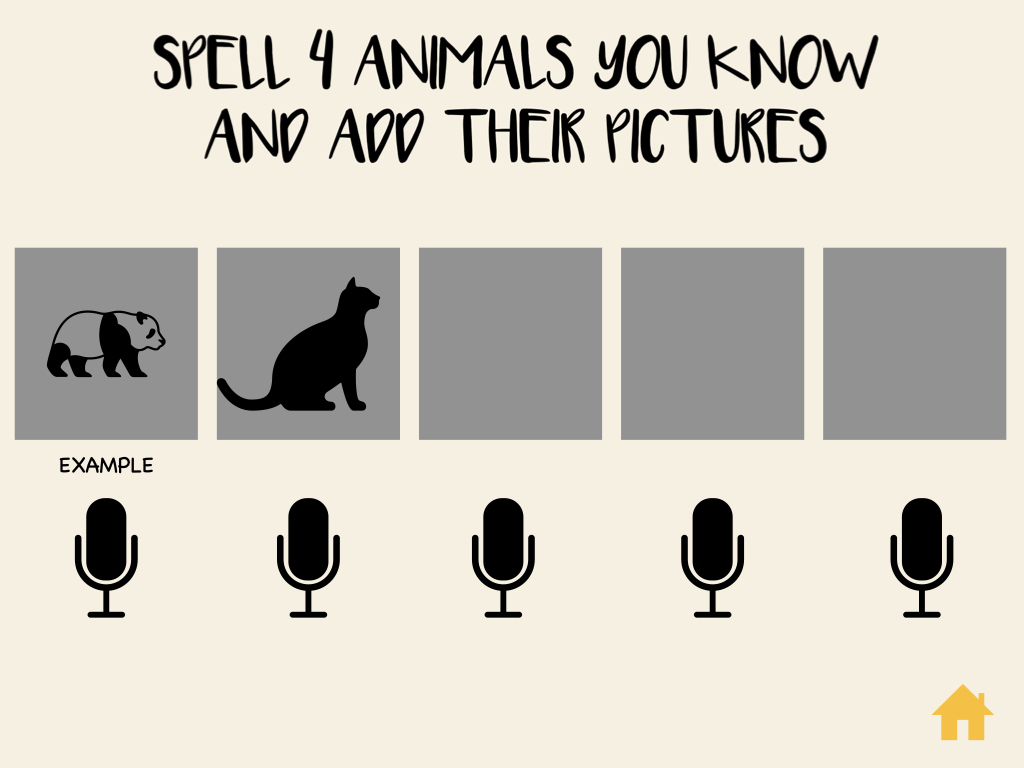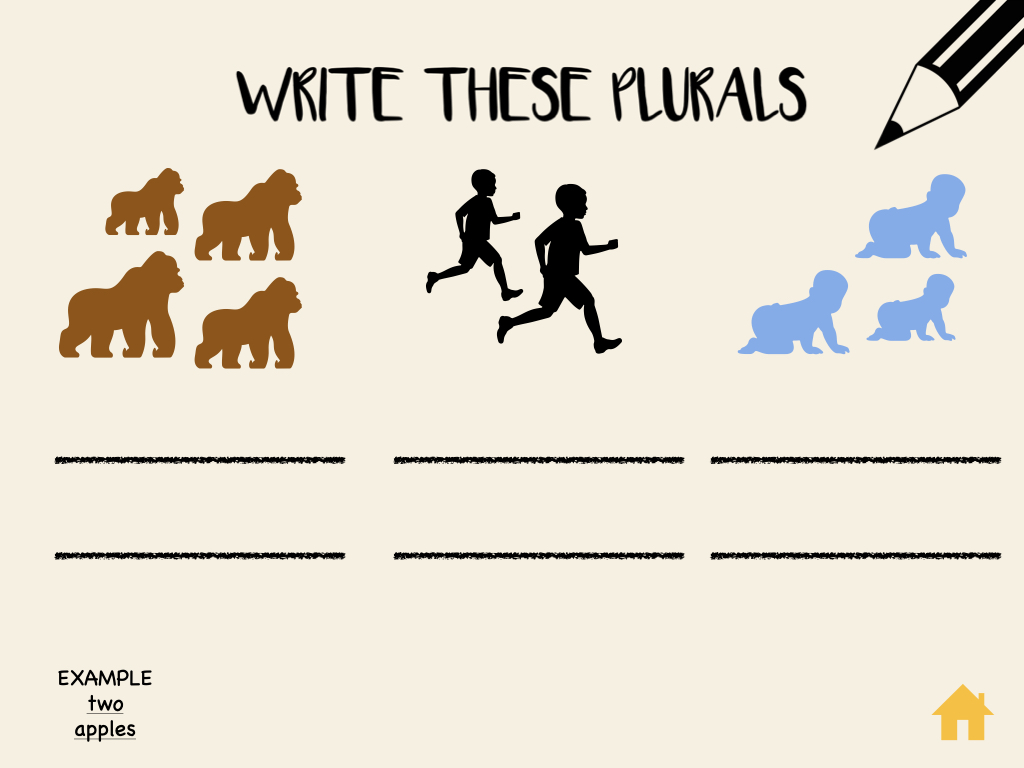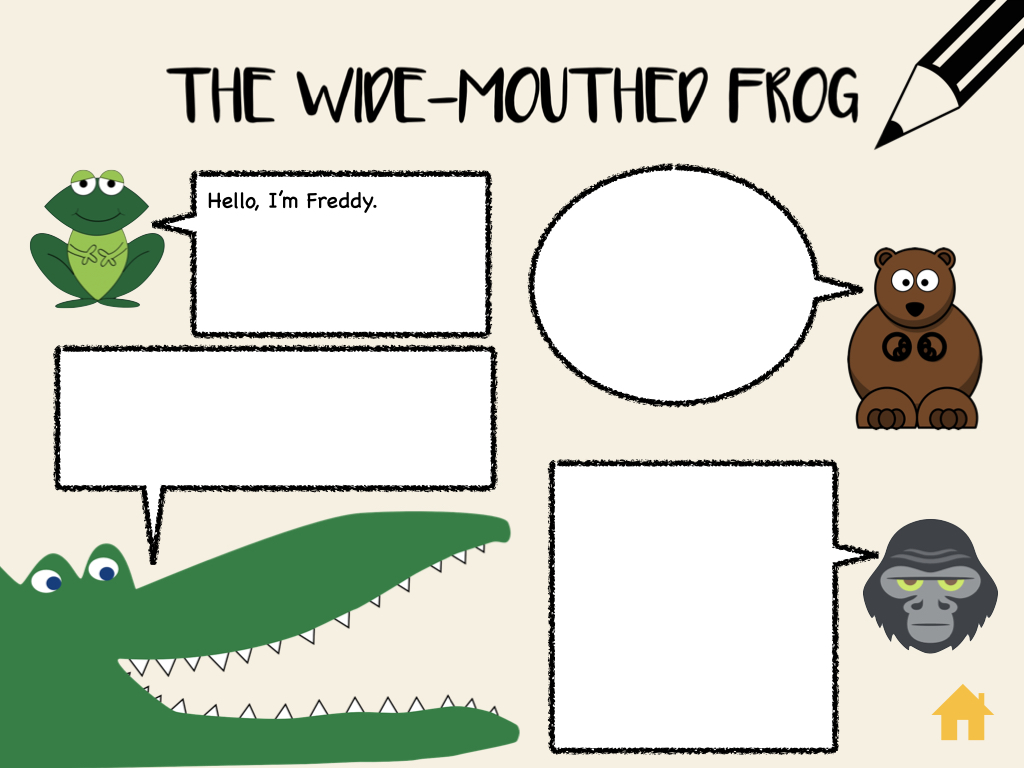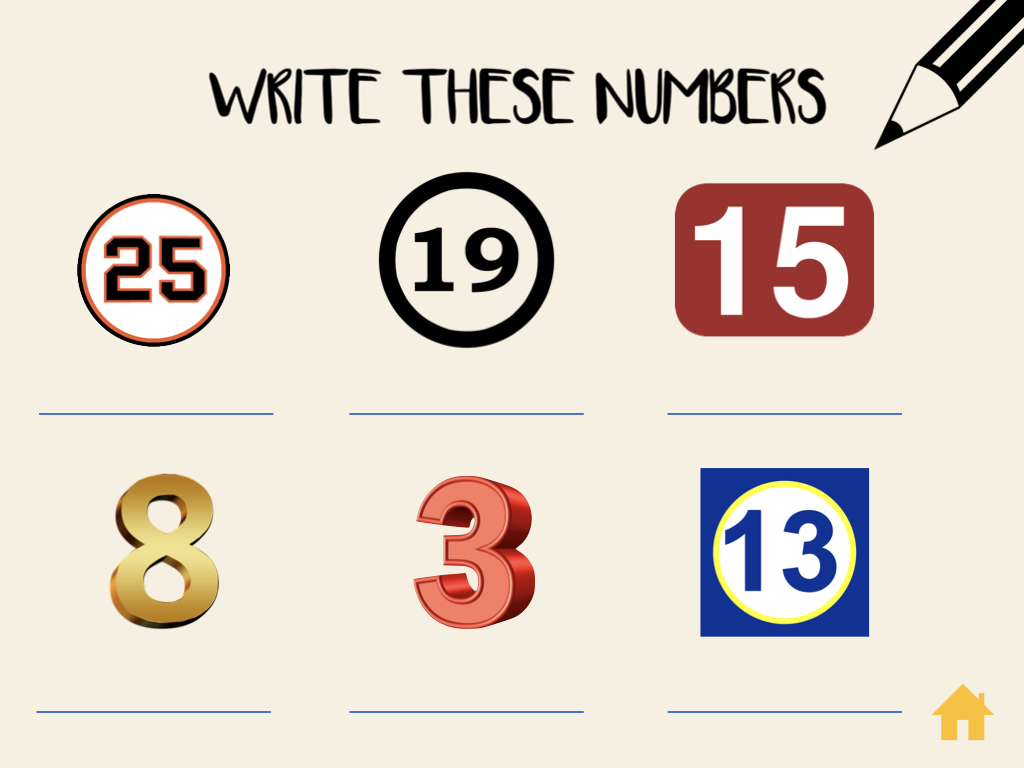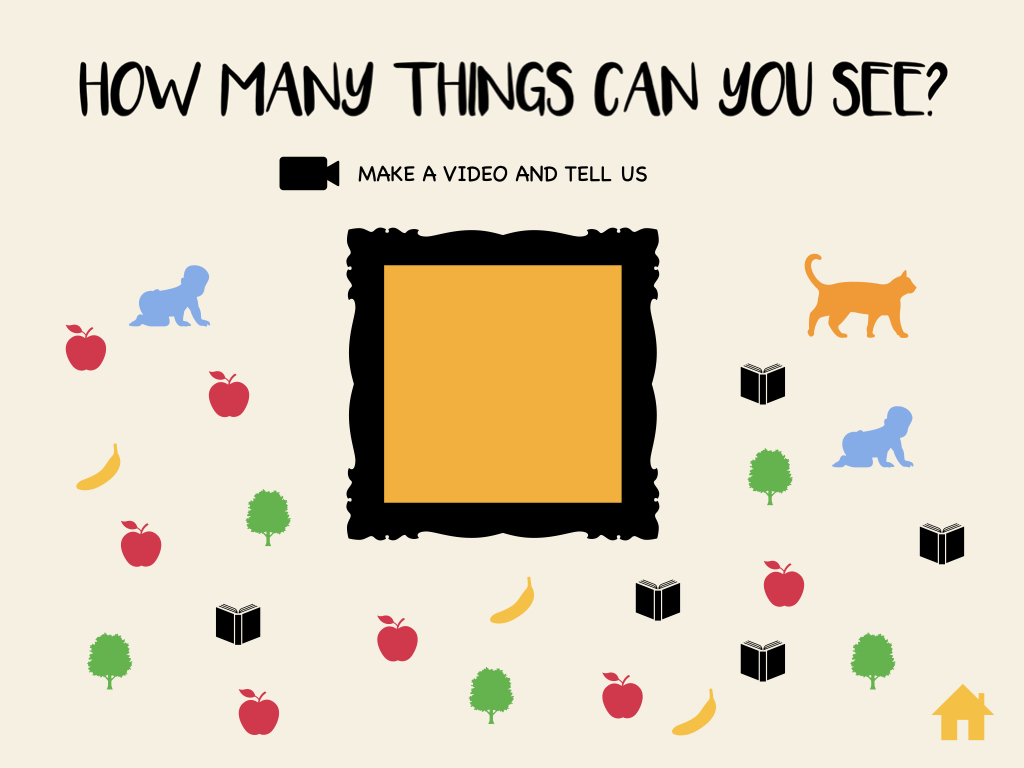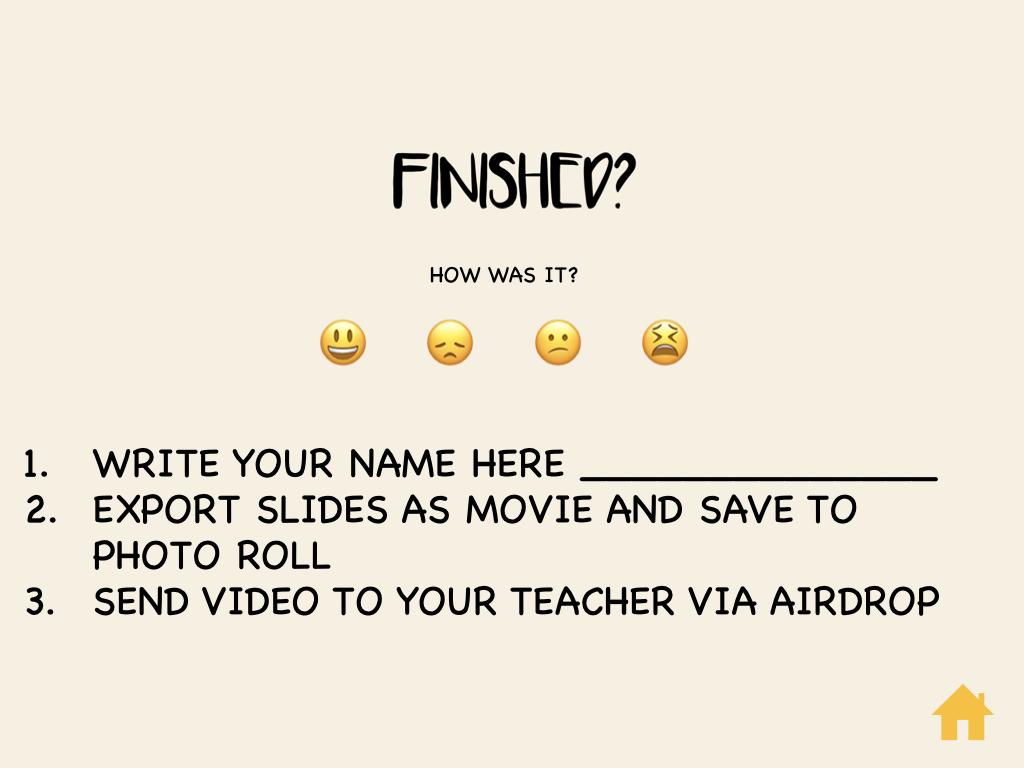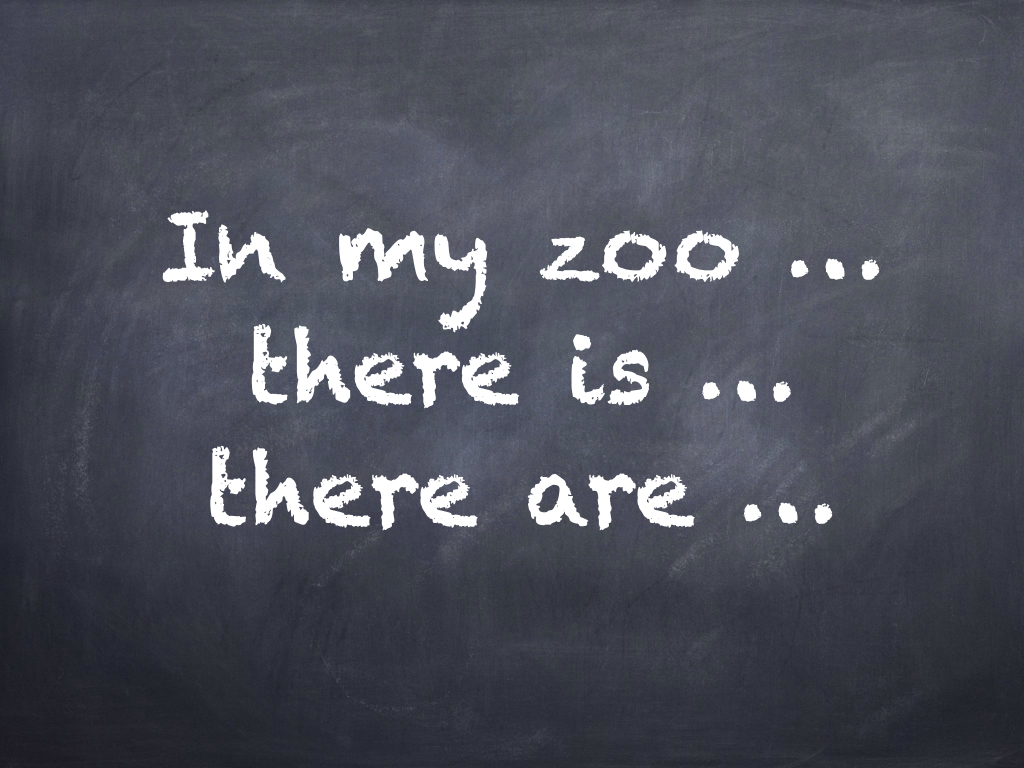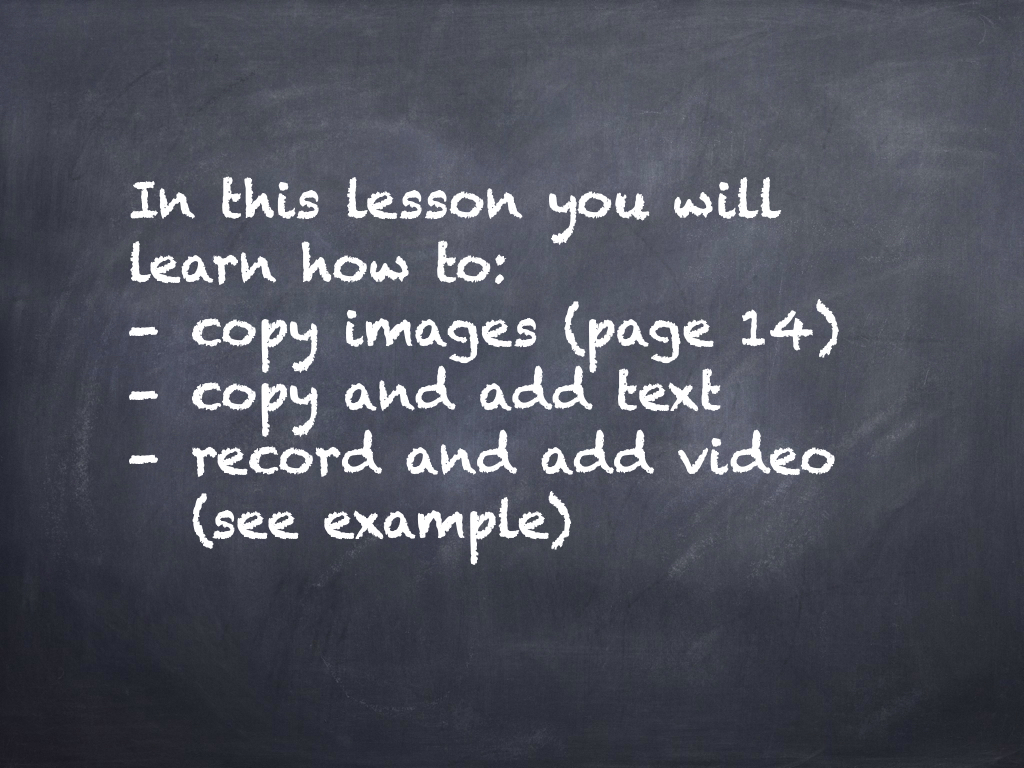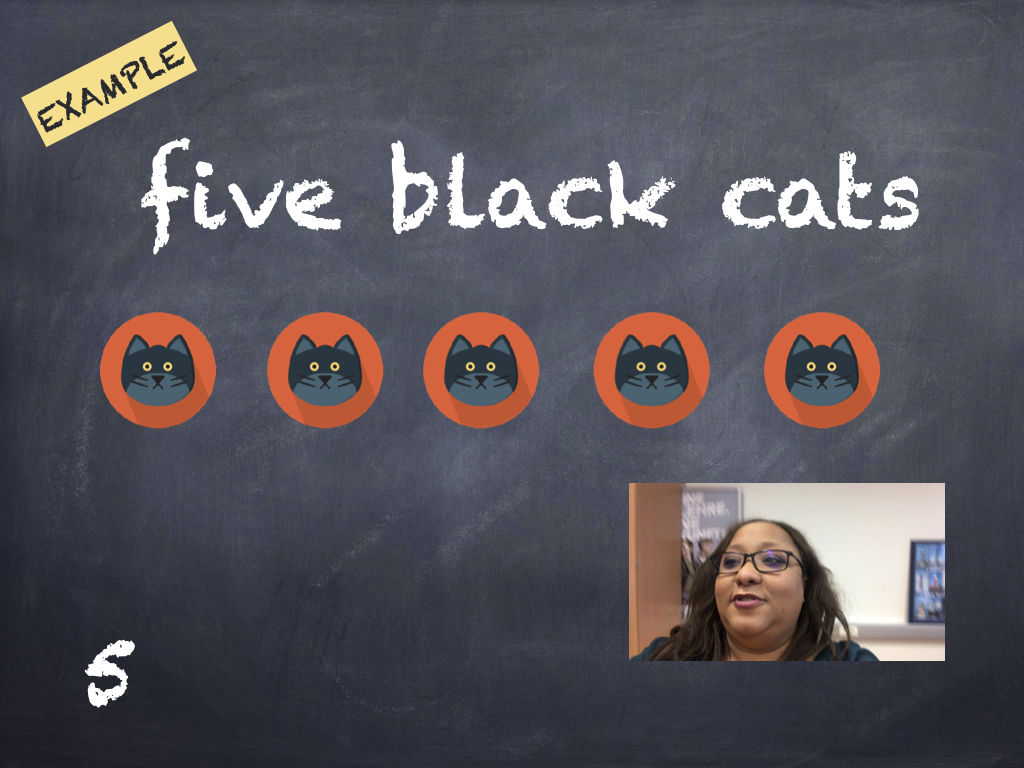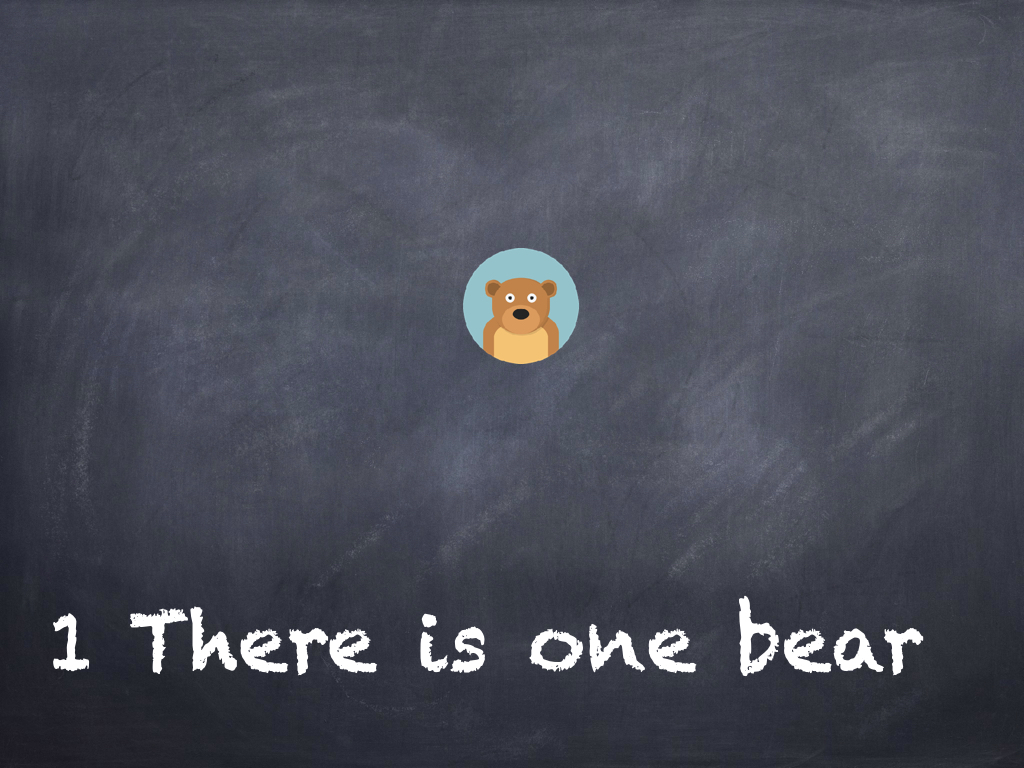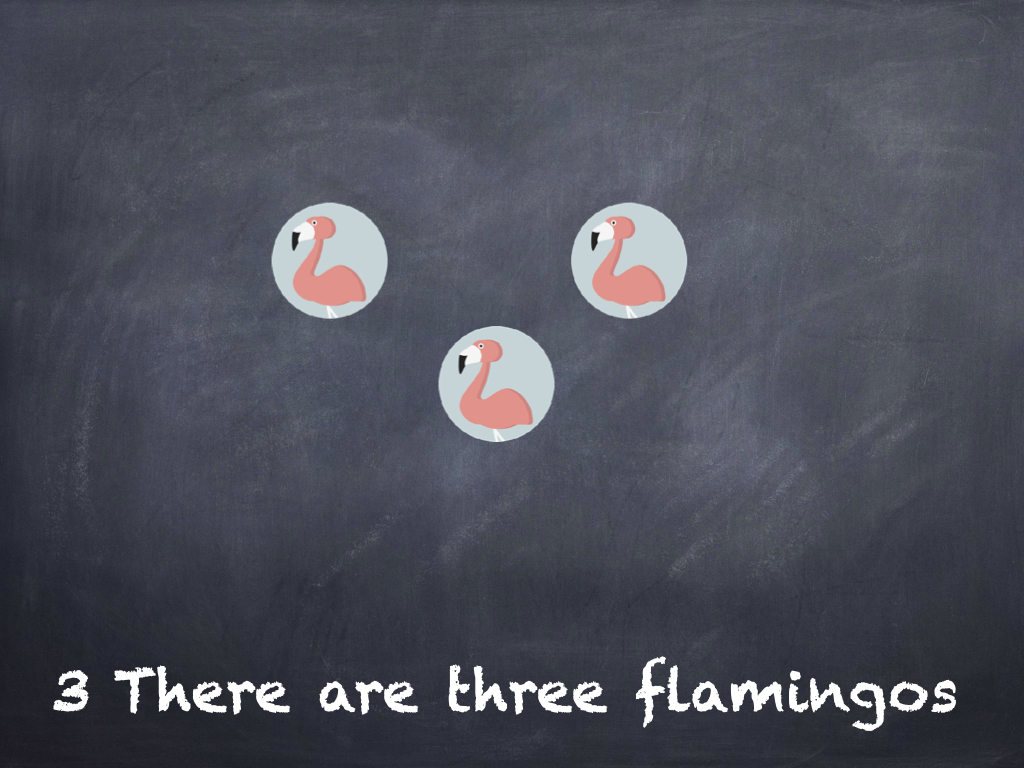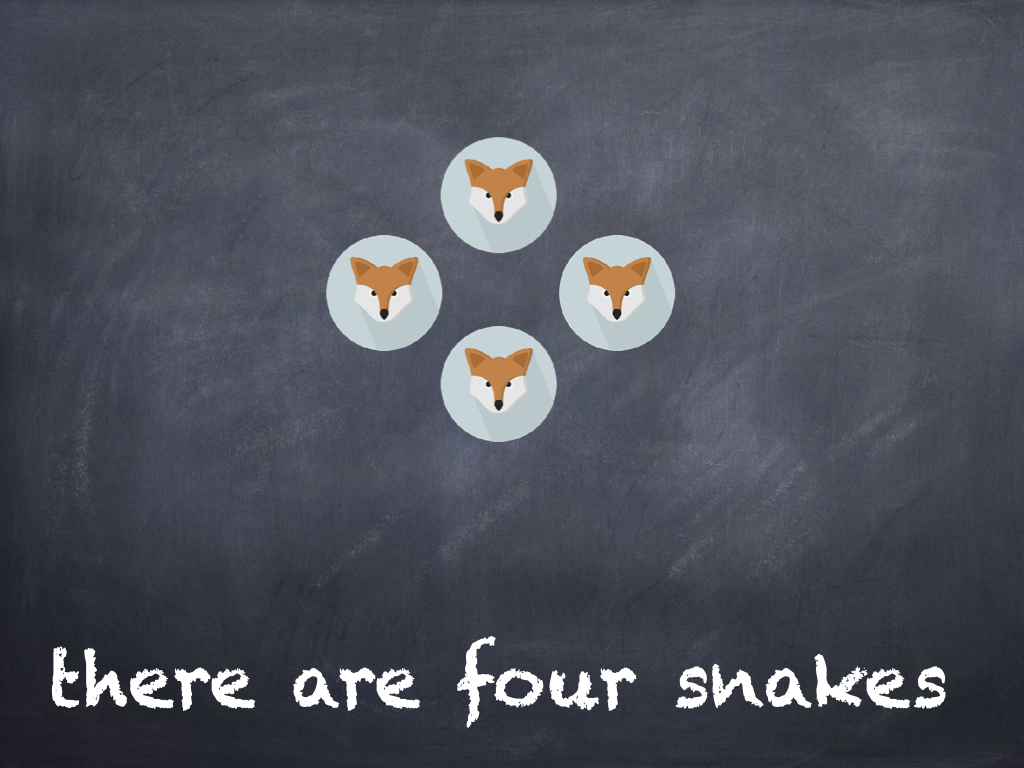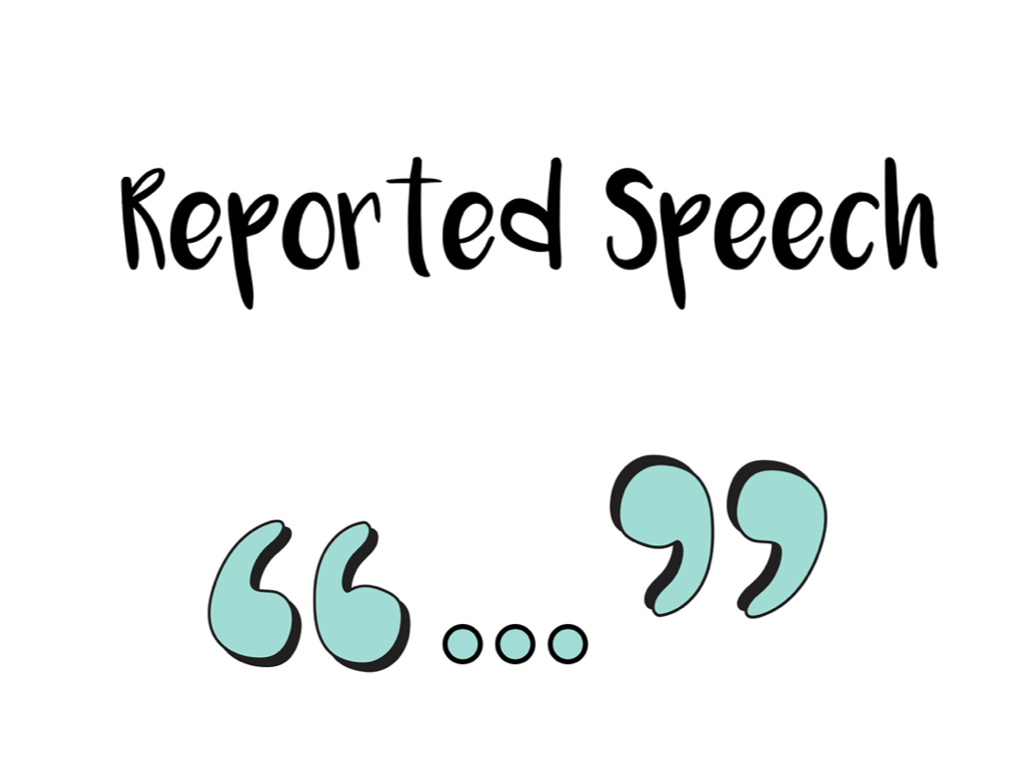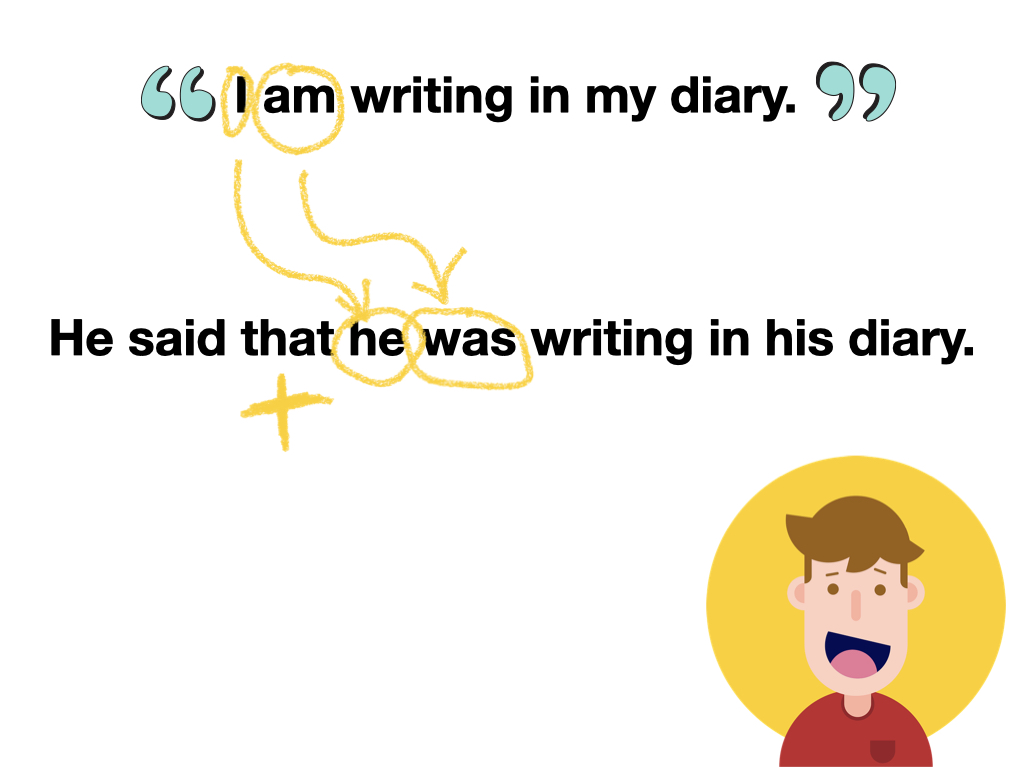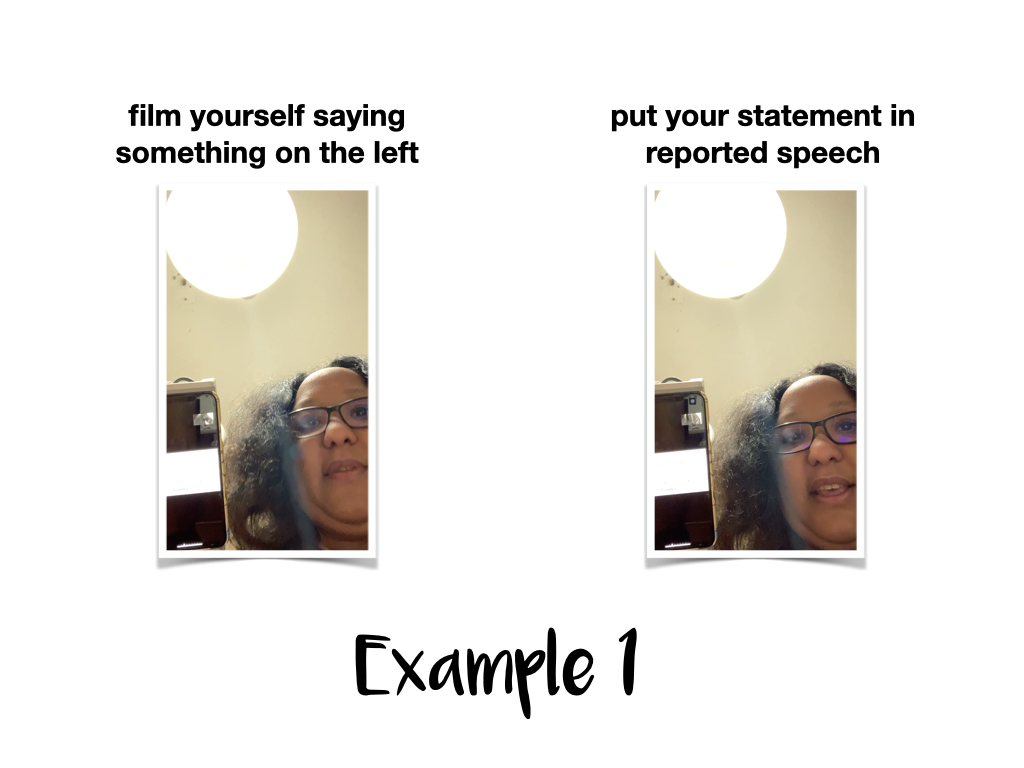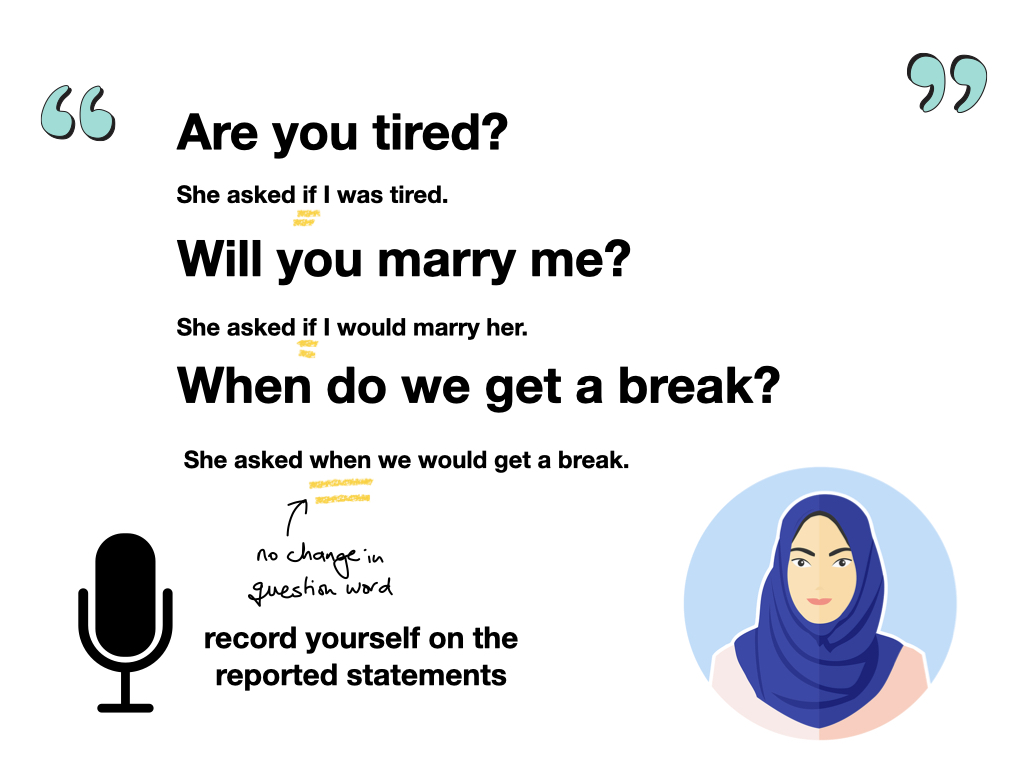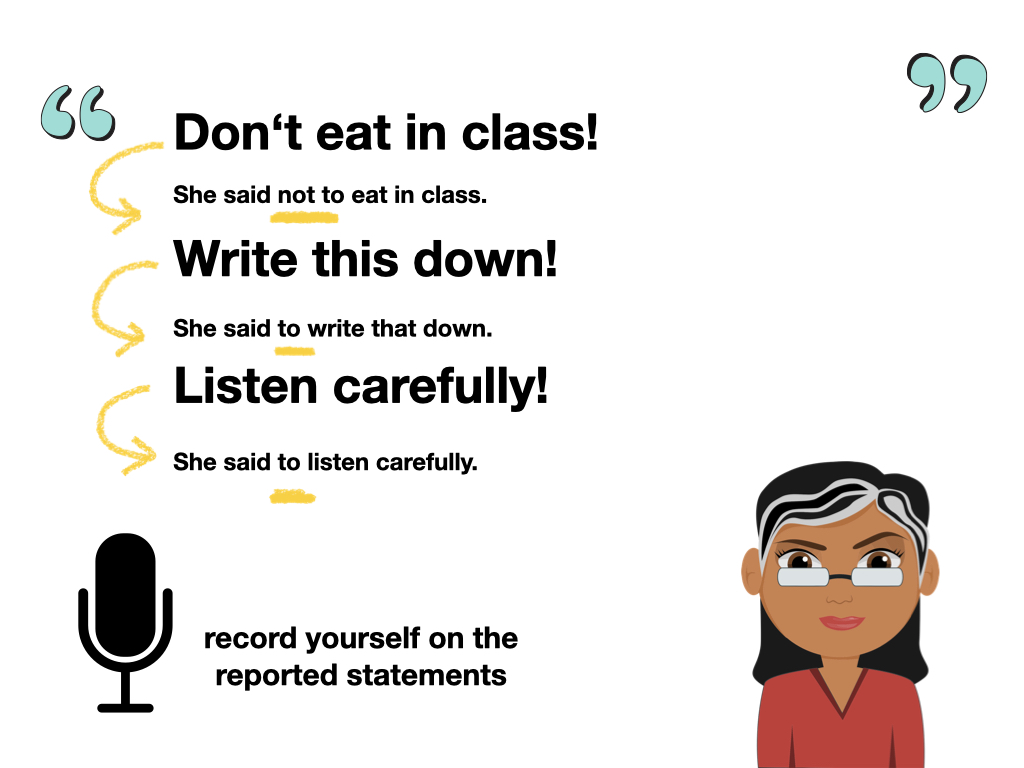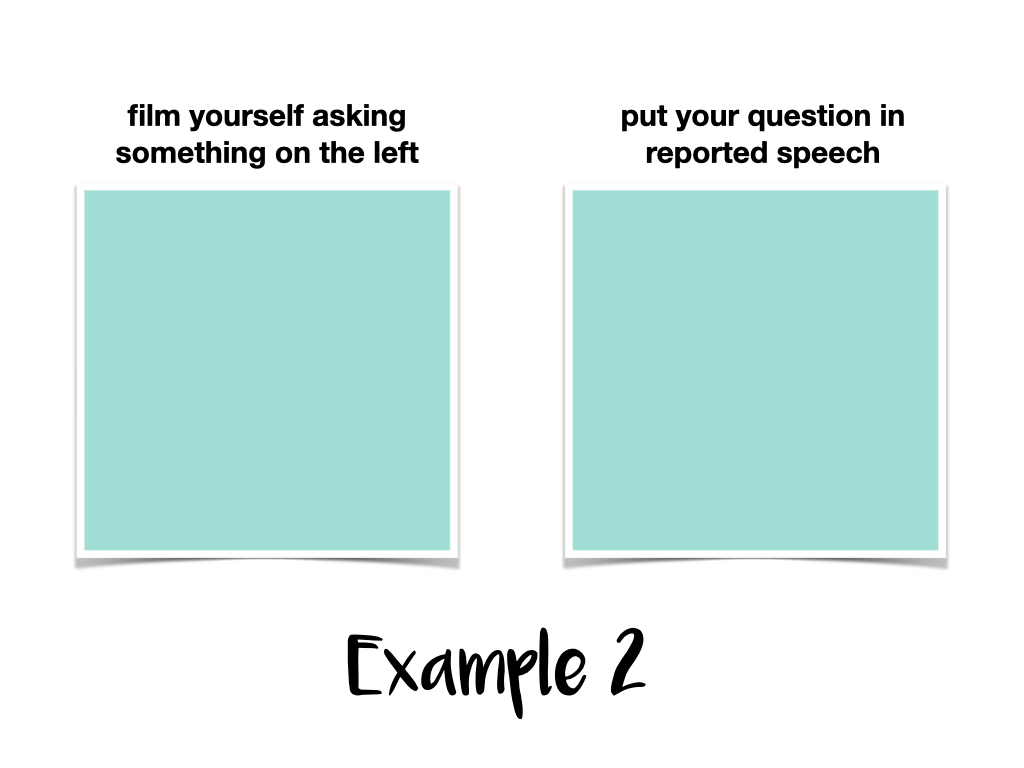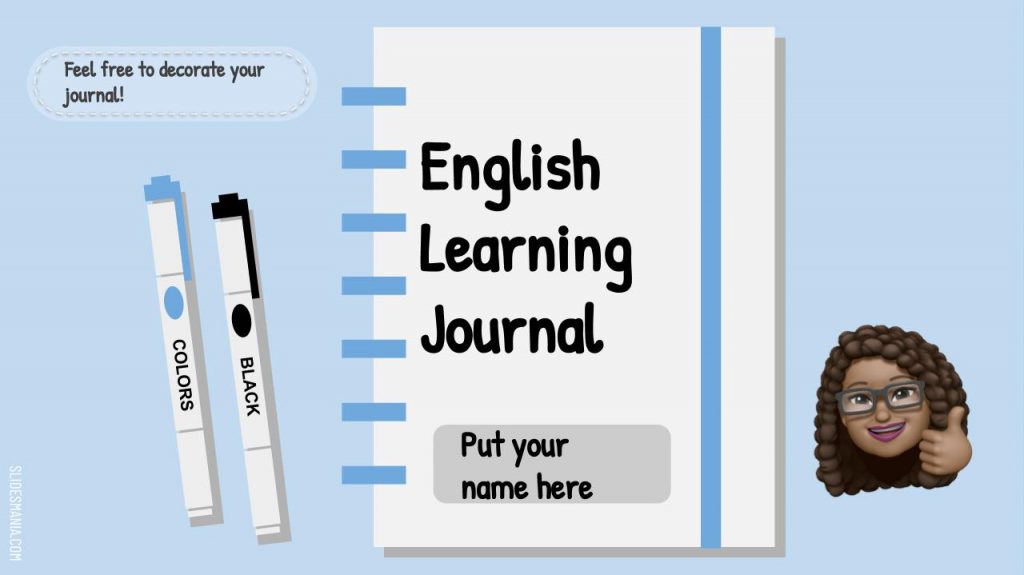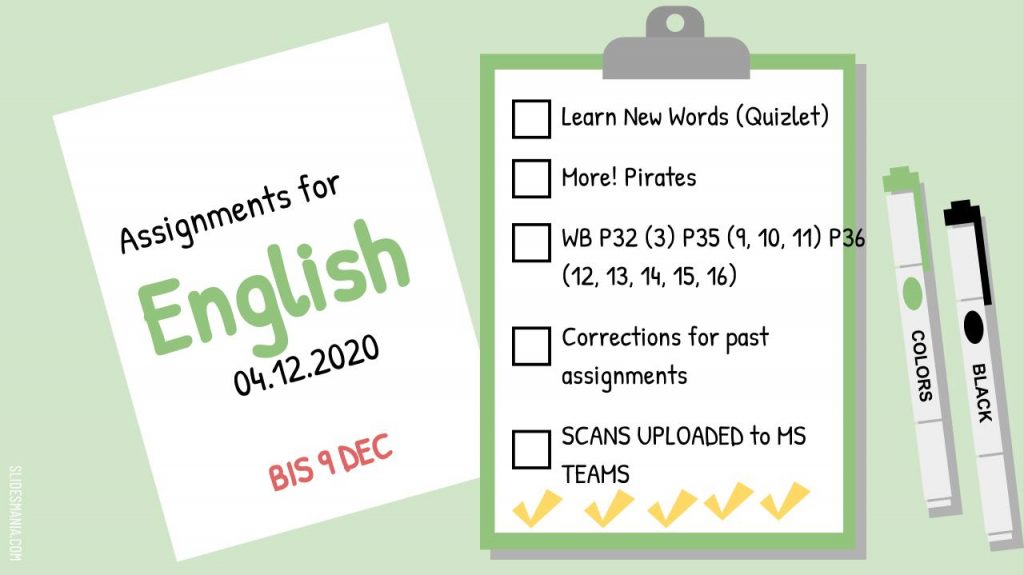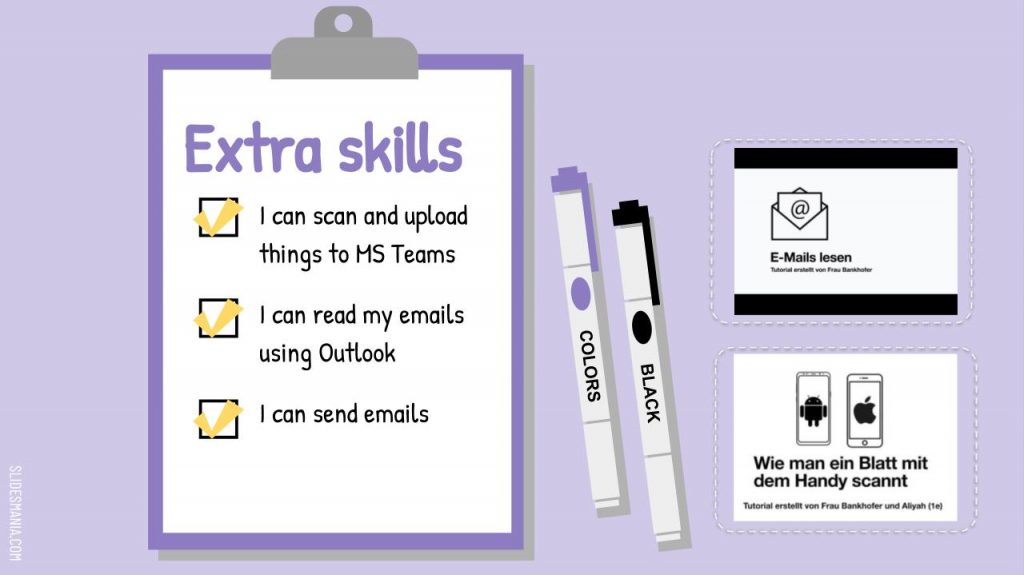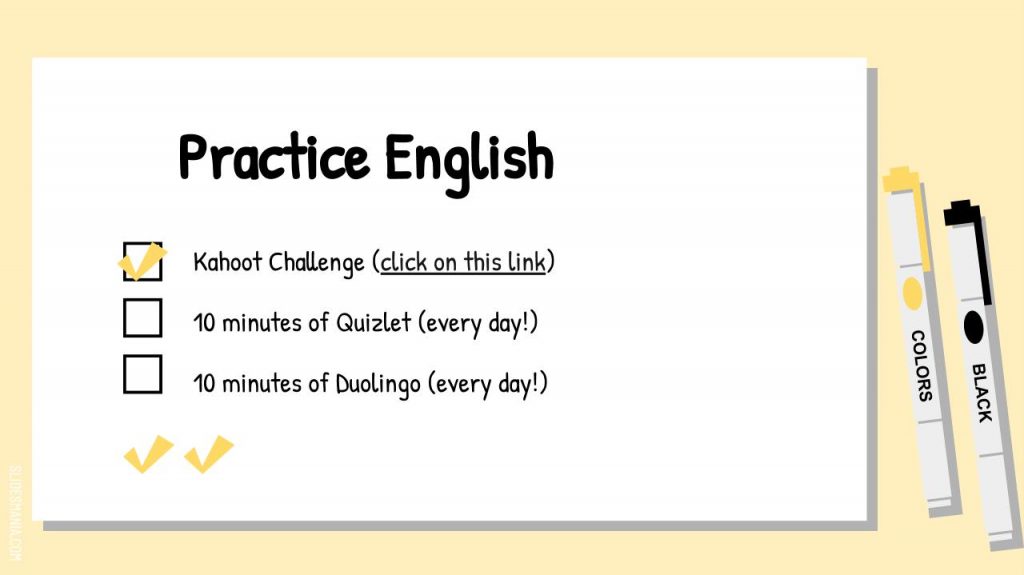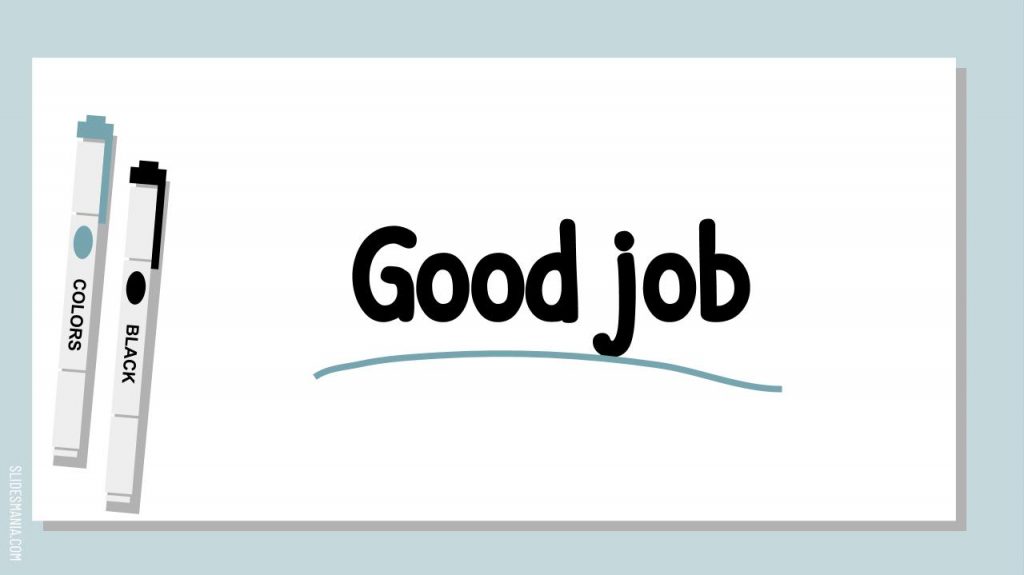In my previous blog „PDFs on iPad“, I mentioned the urge that many educators feel/felt when going remote – to transplant already-known workflows from the brick-and-mortar classroom to the online or virtual setting. A common question remains – how to create an interactive worksheet with a pdf – oftentimes within a learning management software. When I read this question I think to myself, why is the default always a pdf? What are you trying to achieve? Can this be achieved using something other than a pdf? The answer is a resounding YES!
The problem with worksheets – digital or otherwise
As someone who became a teacher mid-career, worksheets were never a big part of my repertoire. I observed veteran teachers handing out sheets left, right and centre, yet I felt that this was not the way I wanted to go. I HEARTILY recommend reading of this article „Frickin‘ Packets“ by Jennifer Gonzalez and this blog post by John Spencer on choice boards and student agency, who both cemented my resolve in the past year. I am now convinced that worksheets are not the best pedagogy and I give them out only very rarely to students. If you do want my abbreviated list of personal reasons to reconsider worksheets, here they are:
- worksheets cater to a one-size-fits-all mentality, which is not representative of the modern class with students of diverse backgrounds and abilities
- worksheets do not traditionally cater to different learning needs or learning disabilities
- worksheets are often handed out with solutions, which tempt students to simply copy the answer, OR they copy answers from classmates
- worksheets generally do not allow student choice – things have to be done in the same way
- worksheets do not foster higher order thinking skills, and are therefore limited in sustainable learning practices
- and finally, seldom are worksheets child-friendly. They are often without images and use standard fonts and colours. Why should children be motivated to fill out a worksheet with zero aesthetic?
Simply translating worksheets in digital form e.g. via pdfs therefore, in my view and experience, does not translate innovative pedagogy. I understand that busy and overwhelmed teachers with hundreds of students feel that (pdf) worksheets are the most efficient way to go, yet I encourage them to rethink this. Remote teaching has shown how difficult it is to hand out and grade sheets. What is possible? What works in both a remote and classroom setting?
Digital workplans – integrating audio/video
Instead of worksheets, I create digital documents which are workplans. They are like a to-do list, often including explanations and demonstrations. Also, I try to give students (creative) choice. In the following example, students see a menu (like in a restaurant) and can choose whether they do A or B. Both items test their ability to apply what they know and incorporate adding video or audio, drawings or text. Download the Keynote or PowerPoint file here. For more on choice boards/learning menus, click this link.
In the example below, students „create their own zoo“, adding their choice of animals (practicing numbers, plurals, there is/are, colours). I like giving students a template and a sample solution of what the finished product looks like. This way they know what I expect. Download the blank Keynote template here.
In the digital document shown below, grammar is explained and students add their own audio/video into the examples to demonstrate their understanding.
Mind maps, concept maps, flow charts and sketchnotes
Nothing gets a student’s brain juices flowing like a task that asks him/her to create a visualisation of a concept or idea. In fact, this is one of the best ways a student can demonstrate that he/she has understood and can apply and remix the knowledge to new situations. There are many options available. You can use flow charts, mind maps (another example) or concept maps and sketchnotes to see if. Of course, this requires training students how to use these techniques. Yet the reward is that you can instantly see the learning results. With this type of exercise, students are challenged to organise, structure, analyse the idea, concept or theme and consider how best to visually communicate it. This is a different experience to simply filling gaps out on a worksheet or writing answers to set questions.
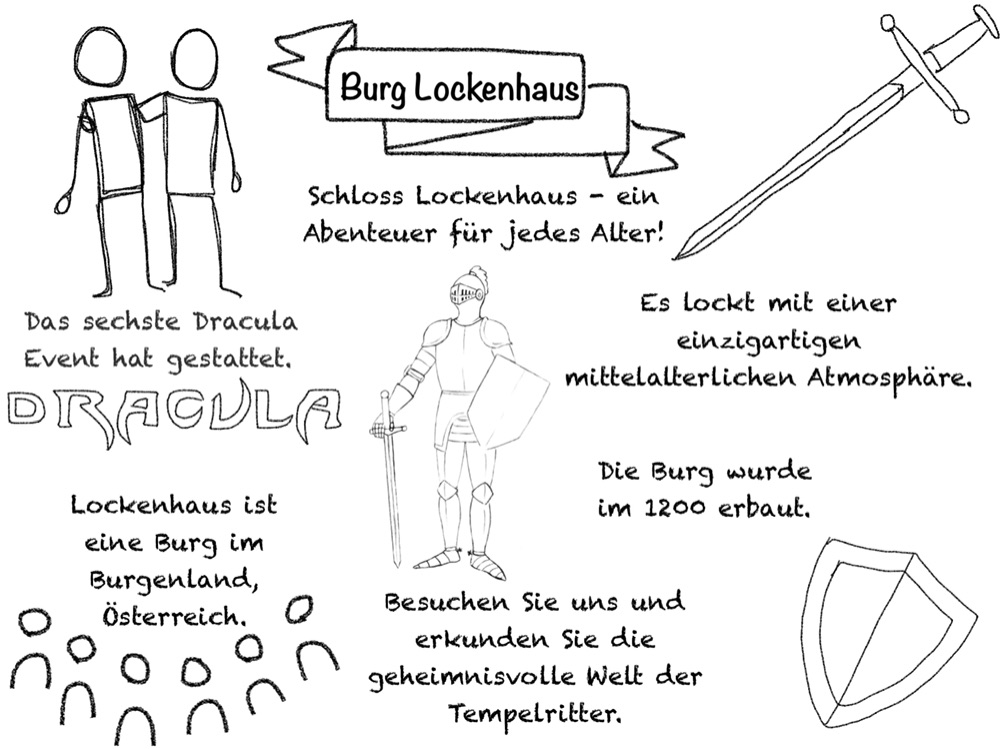

Explainer videos
One of my favourite worksheet alternative tasks are where they create their own videos to explain or demonstrate something. As a language teacher, I want to help students develop speaking competency as best possible and so really look forward to seeing what students come up with. They work really hard to create a good finished product. Again, here the challenge is to decide what to say, when and how.
On this padlet, you can see further examples of how students explain grammar rules: https://padlet.com/aliciabankhofer/grammarclips
The sky is the limit with Google Slides
I’ve shown possibilities with Keynote, PowerPoint (and videos) and I have to mention Google Slides as part of this „holy trinity“ of digital tools. Google Slides is one of my favourite tools because it works speedily and reliably in a browser or mobile app and provides loads of opportunities for creative collaboration. Google Slides allows in-app inclusion of images and videos, providing unique options to create dynamic documents that allow students to provide personalised work. Using a learning journal for example allows the tracking of learning over time and helps students to organise themselves well. Here is a sample document. Create your own copy under „File“ or download. More INSANELY great templates are available from the lovely and talented Paula aka @slidesmania.
If you are completely new to digital documents, then you may be feeling overwhelmed at the possibilities which may seem like a lot of work to set up. You are right that you need to invest time to decide which option and way of working is best for you and to see how to train your students to use these alternatives. But the reward is great: engaged and motivated students and digital documents that can be documented and/or adapted and easily graded. With these options, it is easier to make students‘ own thinking visible, learning becomes personal and differentiated.
– – –
This blog has been added to the German-language article „Arbeitsblätter ADE- Lernpfade willkommen! DAS Thema im Dezember 2020“ on bildungspunks.de.
Follow @bildungspunks and the hashtag #edupnx on Twitter.

